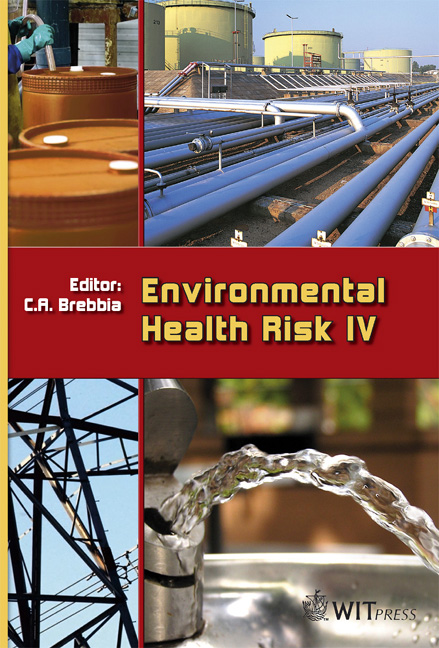Risk Analysis Of Heavy Metal Contaminated Habitats Using A Wolf Spider, Pardosa Astrigera (Araneae: Lycosidae)
Price
Free (open access)
Transaction
Volume
11
Pages
8
Published
2007
Size
452 kb
Paper DOI
10.2495/EHR070241
Copyright
WIT Press
Author(s)
M.-P. Jung, H. Kim, S.-T. Kim & J.-H. Lee
Abstract
Using biological indicators to evaluate the healthiness of ecological habitats is increasingly important. Spiders are considered very useful candidates for this purpose, but few studies have been conducted. This study was conducted to investigate a relationship between heavy metal (cadmium (Cd) and lead (Pb)) contamination levels in soil habitats and their accumulations in a wolf spider, Pardosa astrigera, and to develop a bio-evaluation system for soil risk assessment of Cd and Pb using P. astrigera. Contents of Cd and Pb in a female adult P. astrigera and soil were estimated in nine sites in September, 2004 in Korea. Cd and Pb contamination levels in soil were well described by the Cd and Pb content of female adult P. astrigera by power functions. A bio-evaluation system is proposed for a soil risk assessment of Cd and Pb with P. astrigera using the amount of bioaccumulation and the lethal body concentration. Keywords: Pardosa astrigera, heavy metal, Cd, Pb, biological indicator, bioaccumulation. 1 Introduction The practical soil quality evaluation methodology has not been improved much because the progress in soil ecology theory has not led to practical strategies for soil evaluation [1]. One way of improving soil quality evaluation methods is to develop ecological indicator systems that can be used in soil quality assessments. Ecological indicators are useful instruments to bridge the gap between soil science and soil regulation practice [2].
Keywords
Pardosa astrigera, heavy metal, Cd, Pb, biological indicator, bioaccumulation.





